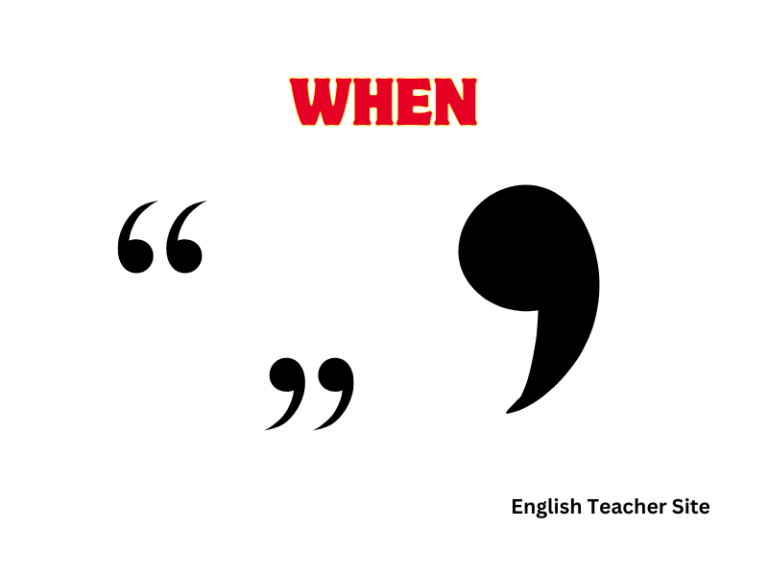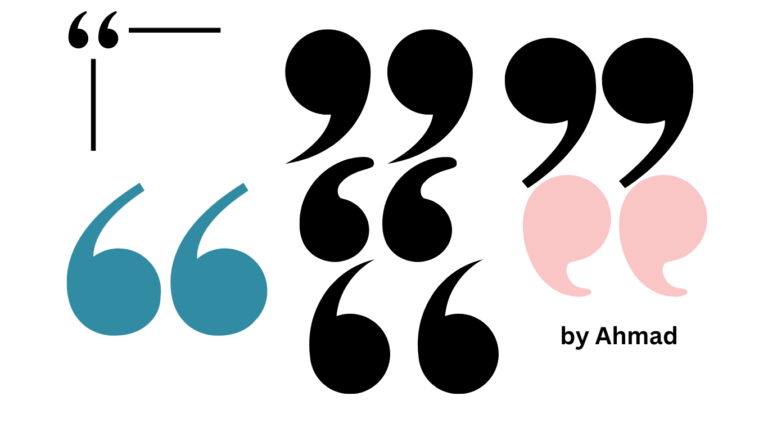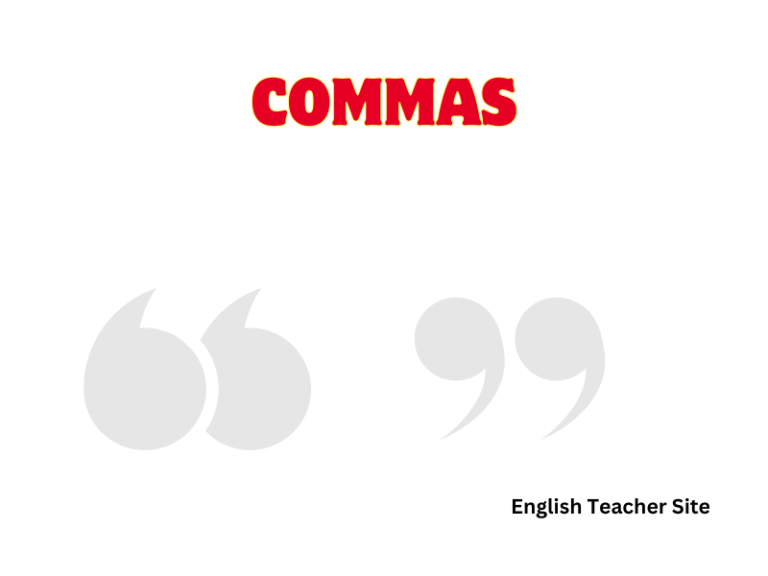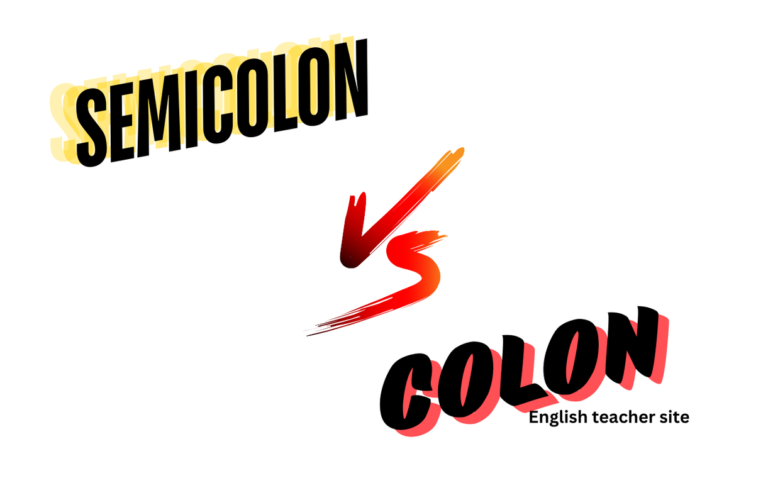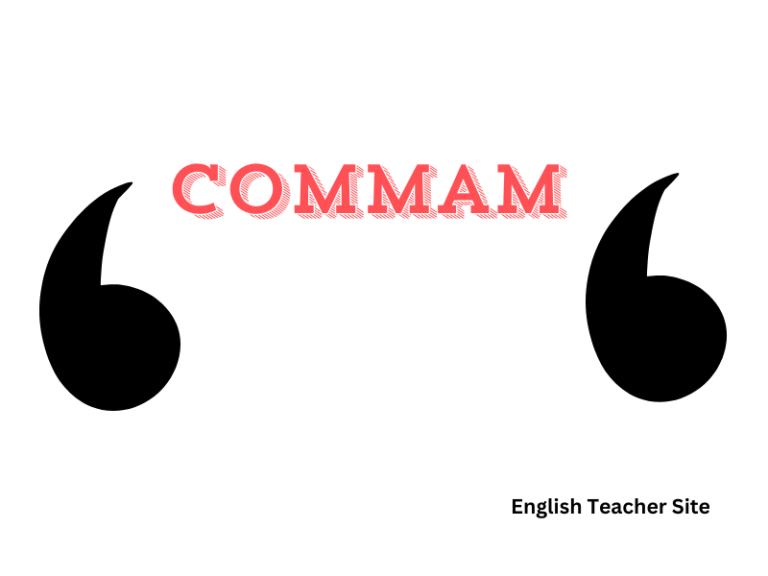When to Use a Comma Before or After ‘But’: Rules for Punctuation Precision
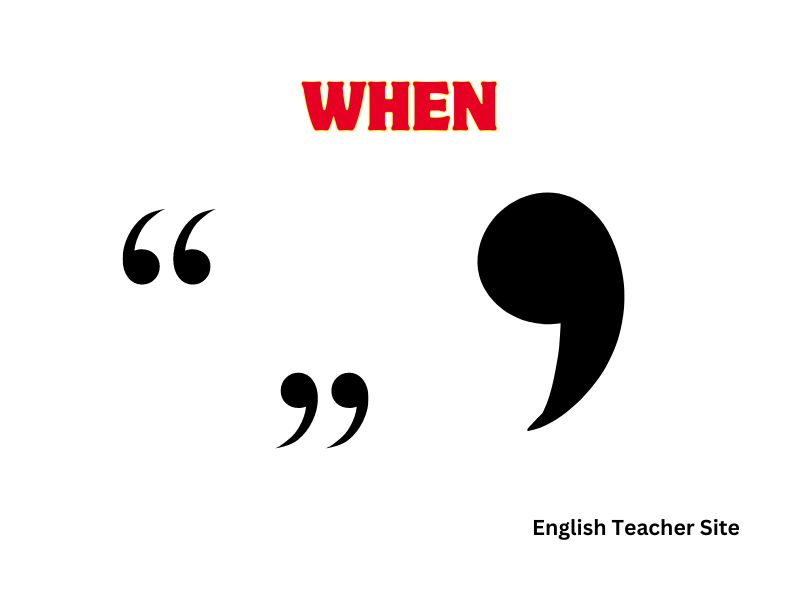
- A comma is typically used before “but” when connecting two independent clauses.
- A comma is not necessary before “but” when it joins a list or short, closely related phrases.
- A comma after “but” is used when there is an interrupter or parenthetical phrase for additional emphasis.
In considering whether to place a comma after “but,” it is much less frequent and usually only occurs when “but” is followed by an interrupter or a parenthetical element which adds emphasis or commentary within the sentence. As a rule of thumb, if the phrase following “but” does not form a complete sentence, and there’s no need for emphasis, a comma is likely not needed. Providing clarity and preventing misreading, the use of commas with “but” is something every writer should master for effective communication.
When to Use a Comma Before or After ‘but’?
The word “but” is a coordinating conjunction, often employed to show contrast between two ideas. Commas are used with “but” to separate elements of a sentence, but their placement largely depends on the sentence structure.
When ‘but’ precedes an independent clause, a clause that could stand alone as a sentence, a comma should be placed before “but.”
| Without Comma | With Comma |
|---|---|
| She ran quickly but she was still late to the meeting. | She ran quickly, but she was still late to the meeting. |
In the above example, both clauses could function as separate sentences; thus, a comma is needed.
No comma is needed before ‘but’ when it connects a dependent clause or phrase to an independent clause.
| Without Comma | Correct Usage |
|---|---|
| She has a cat but not a dog. | Correct as is; no comma is needed. |
Using commas after ‘but’ occurs infrequently and typically when an interrupting phrase follows.
- He decided to go, but, unexpectedly, his car wouldn’t start.
When ‘but’ connects items in a list and is preceded by a serial comma, you also use a comma.
- We need sugar, milk, and, but not least, eggs.
Emphasize particular contrasts with a comma for added clarity.
- She wanted spaghetti, but he wanted pizza.
Comma Usage When Connecting Independent Clauses
In English grammar, the use of commas can clarify the meaning of sentences by separating elements and organizing thoughts. When dealing with independent clauses, a comma is necessary before the conjunction but. An independent clause is a group of words that contains a subject and verb and expresses a complete thought.
Table 1: Comma with Coordinating Conjunction
| Without Comma | With Comma |
|---|---|
| She ran fast but he caught up. | She ran fast, but he caught up. |
When to Use a Comma Before ‘But’
- Use a comma when ‘but’ joins two independent clauses.
- Example: She wanted to buy the car, but she didn’t have enough money.
- Avoid using a comma when ‘but’ connects items in a series or two phrases.
- Example: She will buy a car but without a sunroof.
In instances where ‘but’ is used to introduce a contrasting element that is a clause unto itself, a comma should precede it. Yet, if ‘but’ connects a dependent clause or phrases where the second clause cannot stand on its own, no comma is needed.
Table 2: Comma with Independent vs. Non-independent Clauses
| Independent Clauses | Non-independent Clauses |
|---|---|
| He studied for the exam, but he found it difficult. | He studied for the exam but found it difficult. |
Caution: Avoiding a Comma Before ‘but’
Without Independent Clauses:
If “but” joins items that are not independent clauses—a simple sentence with one subject and verb pair for instance—a comma should not precede it.
Examples:
- He runs fast but gets tired quickly.
- She likes apples but not oranges.
| Without Independent Clauses | Incorrect Use of Comma |
|---|---|
| He runs fast but gets tired quickly. | He runs fast**,** but gets tired quickly. |
| She likes apples but not oranges. | She likes apples**,** but not oranges. |
Conjunctions and Phrases:
When “but” is used to link phrases rather than full clauses, a comma may unnecessarily break the flow of the sentence.
- Comma misuse occurs when “but” joins a dependent clause or phrase.
- Avoid commas if “but” is not joining two independent clauses.
| Conjunctions and Phrases | Incorrect Use of Comma |
|---|---|
| He was tired but determined to finish the race. | He was tired**,** but determined to finish the race. |
| She could go to the park but prefers staying home. | She could go to the park**,** but prefers staying home. |
Knowing When to Use a Comma After ‘but’?
Guidelines for Using Commas with ‘but’
When to Use a Comma Before ‘but’:
| Situation | Example |
|---|---|
| Connecting two independent clauses | She wanted to buy the shoes, but they were too expensive. |
| Creating a pause for emphasis or contrast | He is a beginner, but he plays like a professional. |
When Not to Use a Comma After ‘but’:
| Situation | Example |
|---|---|
| ‘But’ followed by a dependent clause | I would go out but for the rain. |
| ‘But’ precedes a phrase or single item | She was sad but hopeful. |
More Considerations
With introductory elements:
- A comma is used when “but” introduces a contradiction and is preceded by a pause.
- e.g., I thought I was late; but, as it turned out, I was actually early.
- A comma is used when “but” introduces a contradiction and is preceded by a pause.
With parenthetical elements:
- If “but” precedes a parenthetical element within the sentence, then it’s followed by a comma.
- e.g., She could answer the question, but, realizing the implications, she decided to stay quiet.
- If “but” precedes a parenthetical element within the sentence, then it’s followed by a comma.
Omitting the comma for short phrases:
- When connecting short phrases with “but,” the comma is usually omitted for smoother reading.
- e.g., He was tired but happy.
- When connecting short phrases with “but,” the comma is usually omitted for smoother reading.
My name is Khamis Maiouf. I am the creator of the English Teacher Site, dedicated to providing valuable resources and insights for students around the world. With a passion for education and a commitment to helping students enhance their skills, I aim to make English teaching more effective and enjoyable for both educators and students.

